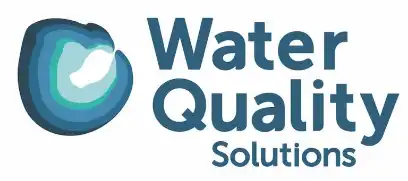These aerators float on the surface of your water providing aesthetics as well as aeration

expert Advice
Need help? I'm Scotty Tucker and I offer FREE advice
I'm happy to take a look at your dam [on Google Maps] and provide FREE advice on the right type of aerator, motor size and placement. I can also answer any questions you have on improving water quality.













